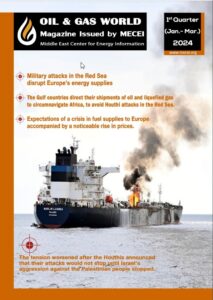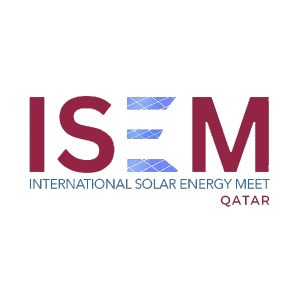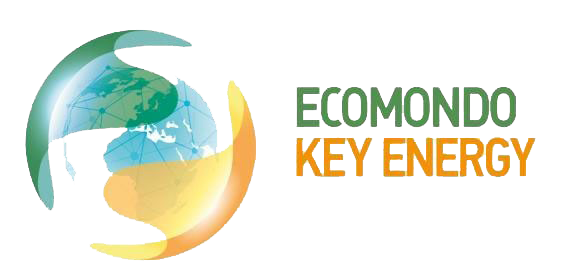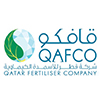- ASRY Awarded 2024 RoSPA Gold Medal in Health and Safety
- BP ponders shifting focus away from renewables, say sources
- QatarEnergy enters 10-year naphtha supply agreement with Japan’s ENEOS Corporation
- The International Energy Agency expects oil demand growth to slow in 2024
- The International Monetary Fund re-selects Kristalina Georgieva as its director
- Libya to target producing 1.4 million b/d by end 2024
- TotalEnergies launches the Marsa LNG project and deploys it multi-energy strategy in Oman
- H.E. Minister Al-Kaabi: Demand for oil and gas will continue for long; we have to be responsible, and Qatar is doing its part
- Egypt to stop exporting LNG starting from the beginning of May 2024
- QatarEnergy selects Nakilat to own and operate 25 conventional LNG vessels

Kuwait, Saudi Arabia discuss coordination for oil production in “Neutral Zone”

The Kuwaiti government announced that it is continuing to coordinate with Saudi Arabia to restore oil production from the divided area (Neutral Zone) between the two countries.
The visit of the Minister of State for Energy Affairs at the Ministry of Energy, Industry and Mineral Resources Prince Abdul Aziz Bin Salman Al Saud to Kuwait comes as part of the completion of consultations and coordination between the two brotherly countries to resume production from the southern neutral zone, after the completion of all technical matters required from both sides “the Kuwaiti head of the state communication center” said.
This followed the reception of the prince of Kuwait Sheikh Sabah Al-Ahmad Al-Jabber Al-Sabah, Prince Abdul-Aziz bin Salman, and his accompanying delegation in Kuwait. Earlier this month, Bloomberg reported that Kuwait and Saudi Arabia were closer than ever to resuming oil production in the neutral zone after oil production stopped there for years due to differences between the two countries. Worthy to mention that the neutral zone contains about 5 billion barrels of oil and 1 trillion cubic feet of natural gas. A joint operations committee, with representatives from Kuwait and Saudi Arabia, manages resources in the region. The production capacity in the neutral zone is about 600,000 barrels per day and is divided equally between the two countries. In the neutral zone, onshore production is based on the Wafra oilfields, with proven reserves of 3.4 billion barrels, while net production capacity in the neutral zone is around 274,000 barrels per day.
The offshore oil fields in the neutral zone have a production capacity of 300,000 barrels per day, and the Khafji field accounts for nearly 90% of them.
The cost of offshore production in the neutral zone is about four times that of the rest of Kuwait. The Khafji field is an extension of the Safaniya field in Saudi Arabia (the largest offshore field in the world). The Hout field is also an extension of the Safaniya field, and the Durra field is an extension of Arash field, the largest in Iran.










